Onitsuka Tiger, shoes
Why Is Onitsuka Tiger So Popular Worldwide? The Untold Story Behind Japan’s Iconic Sneaker Brand
Walk through the streets of Tokyo’s Shibuya or Meiji Jingumae, and you’ll spot tourists and locals alike carrying signature Onitsuka Tiger shopping bags — a testament to the brand’s growing global appeal. But what exactly is behind this surge in popularity? How did a once-forgotten athletic shoe brand from post-war Japan become a streetwear staple from Milan to Bangkok?
Let’s unpack the story — and the secrets — of Onitsuka Tiger’s enduring and expanding worldwide fame.

A Brand Born from Olympic Aspirations
Founded in 1949 by Kihachiro Onitsuka, Onitsuka Tiger began as a sports performance brand. Its early mission? To help Japanese athletes perform on the global stage. The brand became especially prominent during the Olympic boom of the mid-20th century, when many medal-winning athletes were seen sporting its shoes — cementing its reputation for technical excellence.
But this wasn’t just a Japan story. In the 1960s, a small American company called Blue Ribbon Sports — the predecessor to Nike — noticed Onitsuka Tiger’s quality and signed on as the brand’s U.S. distributor. Models like the Cortez (later renamed Corsair) became hits during the jogging boom, especially on the U.S. West Coast.
However, by the late ’70s, the brand faded as it merged with two other companies to become ASICS, and the Onitsuka Tiger name temporarily vanished from the market.
A Triumphant Comeback — Fueled by Retro Fashion and Hollywood
Fast-forward to 2002. With retro fashion resurging in Europe, ASICS revived the Onitsuka Tiger name as a standalone brand. The tipping point? Quentin Tarantino’s Kill Bill. Actress Uma Thurman donned the now-iconic yellow Taichi sneakers in the film, instantly turning them into collector’s items. The sleek, throwback silhouette caught the attention of both sneakerheads and cinephiles.

But it wasn’t just Thurman. Martial arts legend Bruce Lee had also worn Onitsuka Tigers in the ‘70s — another pop culture tie-in that added mystique and legacy to the brand’s image.
Today, models like the MEXICO 66 and SERRANO carry this nostalgic DNA, updated for modern streetwear culture.
5 Reasons Behind Onitsuka Tiger’s Global Cult Following
1. Retro Looks, Performance Roots
Onitsuka Tiger’s core appeal lies in its timeless design — slim silhouettes, minimal soles, and clean lines. Originally designed for athletes, these functional features have evolved into fashion-forward aesthetics. Retro-minded yet versatile, the designs feel authentic, not manufactured for hype.
Take the SERRANO, for example — inspired by 1970s track spikes. Its low-profile form and refined shape make it a go-to for those wanting something different from bulkier sneaker models.
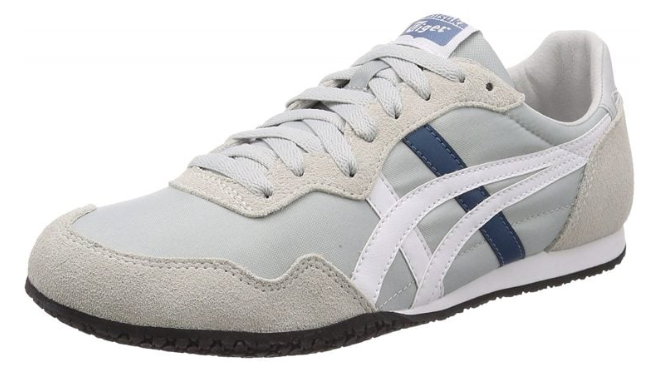
2. From Athletic Gear to Fashion Powerhouse
Once considered strictly a performance brand, Onitsuka Tiger has successfully crossed into high fashion — largely thanks to designer Andrea Pompilio. A veteran of Prada and YSL, Pompilio brought runway flair and Italian minimalism to the brand. His vision helped position Onitsuka Tiger at Milan Fashion Week, winning over fashion editors and creative influencers worldwide.
The result? A sneaker brand that blends technical authenticity with designer aesthetics — a rare balance.
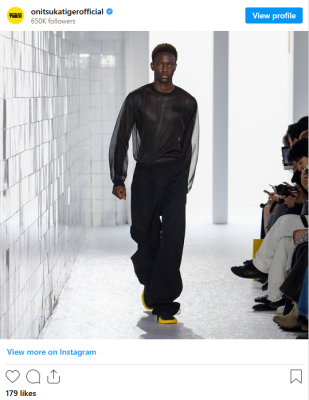
3. Controlled Distribution, Elevated Image
Unlike many competitors, Onitsuka Tiger has resisted mass-market discounting. You won’t find their shoes in off-price chains or clearance racks. This strategy — bold, especially during its early 2000s revival — helped maintain brand prestige and kept products feeling exclusive.
By partnering only with select high-end retailers in Italy, France, and beyond, the brand ensured that its products would be associated with quality and style, not just price.
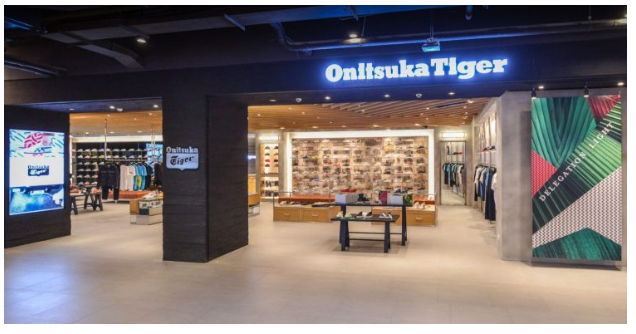
4. Premium Feel, Reasonable Price
Despite its elevated image, Onitsuka Tiger pricing remains surprisingly accessible. Most models retail under ¥15,000 (approx. $100–120), making them competitive with global lifestyle brands. Even high-end models in the NIPPON MADE line — which use Japanese leathers and artisanal dye techniques — remain affordable luxury.
This balance of craftsmanship and cost-performance explains why the brand appeals to both fashionistas and practical buyers.
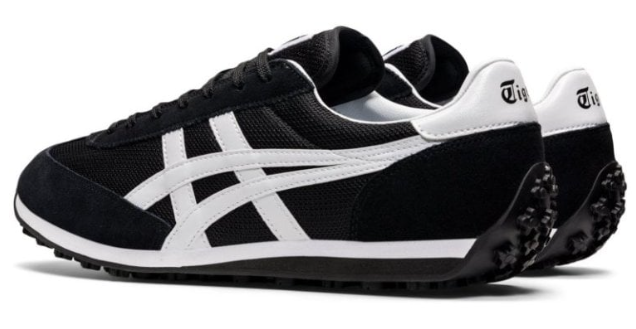
5. Mystique of the Name and Identity
There’s something captivating — especially to international audiences — about the name Onitsuka Tiger. It conjures imagery of strength, tradition, and Japanese precision. Combined with visuals from Kill Bill and the “Made in Japan” tag, the brand gains an exotic, cinematic allure.
It’s not just a sneaker; it’s a story you wear.
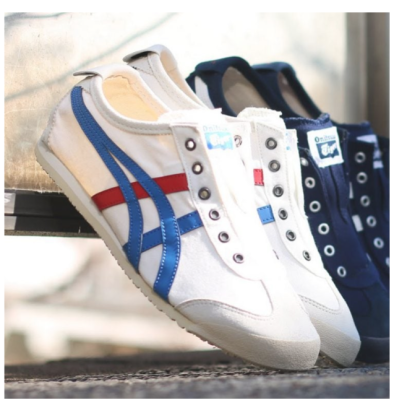
Beyond Sneakers: Style Expansion and the Rise of “THE ONITSUKA”
Today, Onitsuka Tiger isn’t just about footwear. Its apparel collections — especially those under Pompilio’s creative direction — push fashion boundaries. Meanwhile, the NIPPON MADE series continues to showcase traditional Japanese craftsmanship with luxury-level detailing, like lacquer-style finishes and mud dyeing.
In 2019, the brand launched THE ONITSUKA, a luxury sub-line focused on minimalist dress shoes and elevated casualwear. With premium leathers, timeless silhouettes, and collaborations with icons like Nick Wooster, the line caters to style-savvy professionals who want refined alternatives to mainstream sneakers.
Final Thoughts: The Legacy — and Future — of Onitsuka Tiger
What makes Onitsuka Tiger’s global rise so unique is its ability to evolve without forgetting its roots. It never tried to compete with hype-driven sneaker drops. Instead, it leaned into authenticity, heritage, and deliberate design. Whether on the feet of Olympic athletes or fashion week insiders, Onitsuka Tiger continues to embody quiet confidence and understated cool.
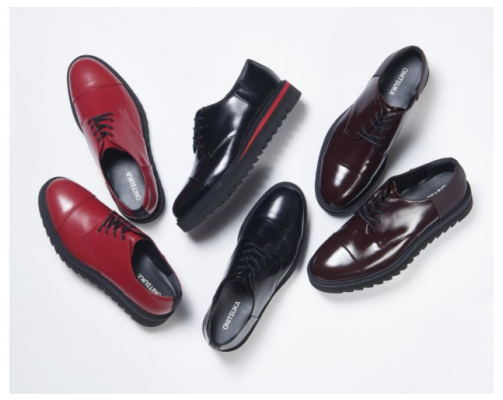
From Tokyo streets to European runways, the tiger still roars — only now, with more elegance than ever.
Want to explore more?
Look out for the iconic Mexico 66, Serrano, or the artisanal NIPPON MADE collection at flagship Onitsuka Tiger stores or high-end fashion boutiques worldwide.
